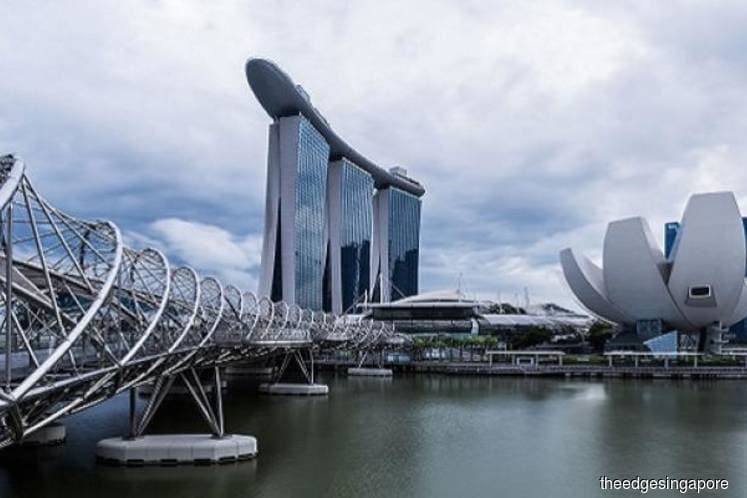
SINGAPORE (Aug 6): The narrative drummed into my head since my schooldays is that the prospect of survival for post-independence Singapore was a long-shot, because it had no hinterland or natural resources and a population that comprised diverse and relatively recent immigrants. Even at that time, I had a feeling this wasn’t entirely true.
Singapore became a British trading outpost in 1819, and it has been attracting people from around the region eager for jobs and opportunity ever since. By some accounts, the local population was only about 1,000 when Sir Stamford Raffles first arrived, but swelled to 10,683 when the first census was taken in 1824. Singapore’s population grew further to 228,555 by 1901, and to 557,745 by 1931. The first post-war census, in 1947, put the population at 940,824. In 1965, when Singapore separated from Malaysia, its population was close to 1.9 million.
This week, as Singapore celebrates the 53rd anniversary of its independence, it continues to display all the hallmarks of a burgeoning city. Tall buildings are sprouting on its skyline, its airport is expanding and busier than ever, and its population has continued growing despite a chronically low birth rate. According to the Department of Statistics, Singapore’s population had topped 5.6 million in 2017... (Click here to read the full story)